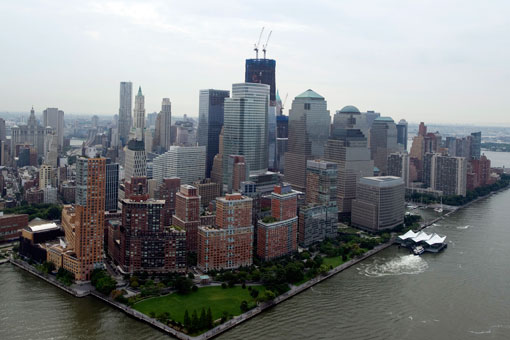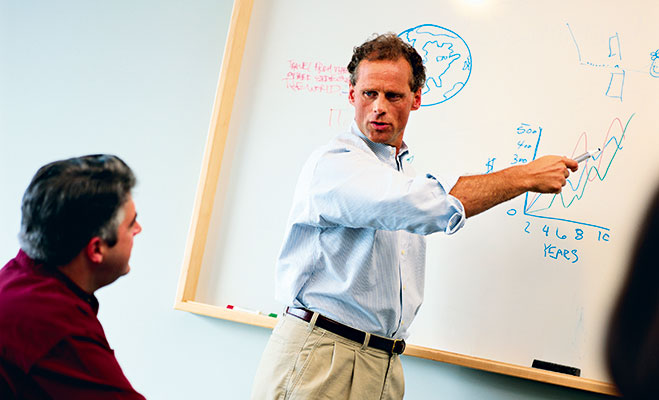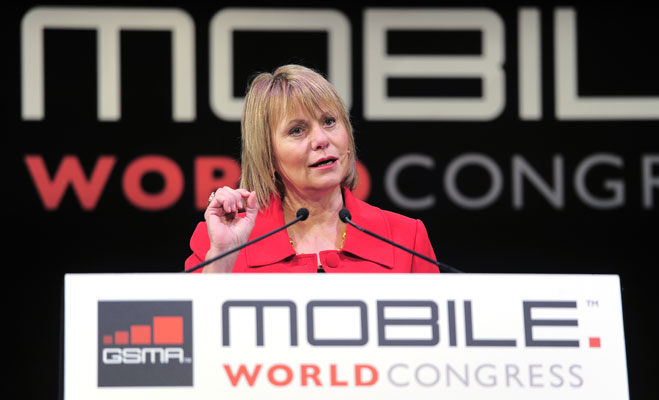Losing the 9/11 legacy
The commitment to rebuild on the site of the World Trade Center was immediate following the events of 11/9/01. Ten years on, has America’s fiscal deficit got the better of the promised monument?

The commitment to rebuild on the site of the World Trade Center was immediate following the events of 11/9/01. Ten years on, has America’s fiscal deficit got the better of the promised monument?
The clean up operation was still in progress at Ground Zero when proposals for rebuilding the site of the World Trade Center towers were first announced as a memorial to the then unknown number of dead.
The choice in 2005 of the Freedom Tower for the site of 1 World Trade Center was therefore unsurprising. A 540 metre-tall reinforced tower flanked by smaller towers designed by the likes of Norman Foster and Richard Rodgers, reflected US sentiment of the time far better than any of the quiet memorial parks or elegiac cultural centres planned for the site.
The mood in the US was bold; the sense of patriotism following the terror attacks had risen beyond compare in the nation’s history. Success in toppling the regimes in Afghanistan and Iraq had given credence to the ideology of the War on Terror; the sense of defiance against anyone who would dare challenge the US way of life.
Ten years on, and the US is in a completely different mindset but still without the commemorative towers. Where a park would have long been finished, construction on the Ground Zero site has barely got off the blocks. The new towers remain wrapped in red tape.
The difficulties began a year after the announcement of the towers. The Port Authority of New York and New Jersey was keen to press ahead with development. Despite the organisations ambitions, the owner of the World Trade Center development, Larry Silverstein, had yet to agree the financial arrangement relating to the site. Holding a 99 year lease on the 16 acre site, Silverstein’s property company effectively had control of development. With the area available in the heart of New York’s financial district, the site’s commercial future held far more potential as new buildings than a memorial garden.
The prolonged disputes of the two parties has taken it’s toll on the project.
Silverstein was engaged in a court battle with the insurers over the final payout for the destruction of the World Trade Center buildings, centring on the argument that the attacks counted as two acts of terrorism, not one. It took until 2007 for the final sum of $6.6bn to be agreed upon by all insurers involved. At the same time, the building designs were being scrutinised and tweaked, preventing work from beginning.
The Port Authority too were slow in clearing the site, respectful of what could have been in the rubble, and hampered by the careful demolition required of nearby buildings partially damage by the attack and tower collapse. The organisation said it would take responsibility for the construction of Freedom Tower along with one of the smaller buildings. Silverstein would take on the other three towers. At that point work on 1 World Trade Center got underway.
By December 2007, they announced building on the smaller towers could begin. Silverstein disagreed, and with a $300,000 fine for Port Authority for every day the site was considered unfit for work to start, the sums soon started stacking up. A year later, some $70m in fees had been racked up, resulting in legal protests and further delays.
While 2009 continued to see progress on the main tower development, the economic downturn took its toll. Silverstein was badly affected by the collapse of the property industry, resulting in his requesting a bailout from the Port Authority to continue the development, viewed dimly by many in light of the extensive insurance monies.
While the tower at 1 World Trade Center now matches the height of many of New York’s skyscrapers and another tower nearing completion, the surrounding towers are not off the ground. Financing remains tight and the market tough, as plans in April for the issue of over $1bn of ‘liberty bonds’ against the remaining construction work to be delayed to as a yet to be revealed time. It is now estimated that the site will not be completed until 2030, with doubt whether two of the towers will go ahead at all given the current demand for property.
With prolonged wars in the Middle East, the end of Bush administration and the recession, much in the American psyche has changed in a decade. The need for a decent, permanent tribute to those killed on 9/11 remains.













